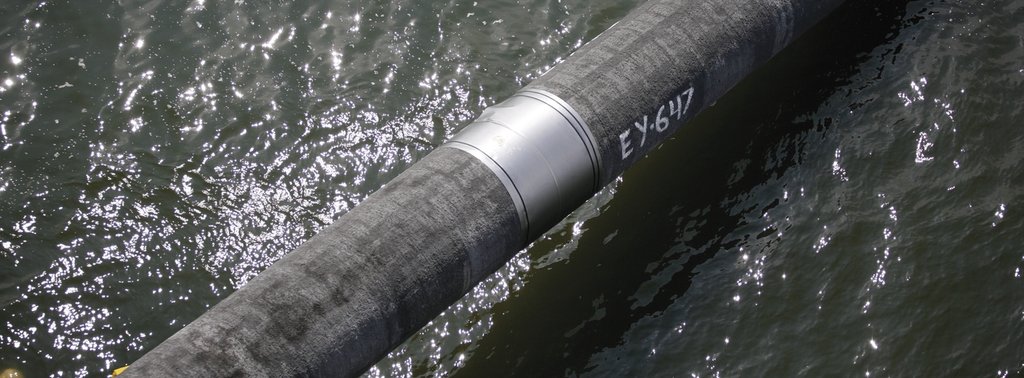A Pipeline through the Waters of Many Nations
The transboundary nature of the Nord Stream Pipeline system is one of its most unique aspects. The pipelines pass through the territorial waters and/or Exclusive Economic Zones of Russia, Finland, Sweden, Denmark and Germany.
Permission from these nations was required before construction could start, so Nord Stream was involved in extensive consultations with each of them to be certain the pipeline complies fully with their national legislation. In addition to these five nations, the pipelines are alos of relevance to Estonia, Latvia, Lithuania and Poland. These four nations were therefore also part of the consultation process.
Consultation with Nine Baltic Sea Nations
The United Nations Economic Commission for Europe adopted a convention in the Finnish city of Espoo in 1991, an agreement that sets out obligations for parties to assess the environmental impact of projects at an early stage of planning. The Espoo Convention binds signatory nations to notify and consult one another on major projects likely to have a significant environmental impact across boundaries. The international consultation process according to the Espoo Convention had the purpose of giving all countries possibly affected by the Nord Stream Pipeline the opportunity to review the project's potential impact. Nord Stream submitted an extensive report which summarised the transboundary impacts that the pipelines could potentially have on the environment – the Nord Stream Espoo Report. This environmental impact assessment in a transboundary context promotes a coordinated approach to protecting the environment, and enabled the public and other stakeholders to respond.
Extensive Analysis of the Baltic Sea Ecosystem
The Espoo Report represents the results of years of extensive research, field studies and surveys. The report is more than merely a milestone in the history of the project; the knowledge it contains provides an exhaustive analysis of the Baltic Sea ecosystem and the seabed along the pipeline route. The Espoo Report was published in 10 languages, and can be downloaded from our Library.
Gaining Permission to Build the Nord Stream Pipeline
Since Nord Stream passes through the territorial waters and/or Exclusive Economic Zones of Russia, Finland, Sweden, Denmark and Germany, permits for the project had to be obtained from each of these five countries.
All permits to begin construction were received by February 2010. National legislation generally requires an Environmental Impact Assessment (EIA) to be completed as a prerequisite for a national permit. The extensive surveys and studies initiated by Nord Stream, and conducted on the Baltic Sea seabed and ecosystem form the basis of the EIAs.
A Commitment to Mitigating Environmental Impacts
The purpose of an EIA is to identify, predict and evaluate ways to mitigate or eradicate the potential impacts of a proposed project on the biophysical and social environment. Examples of mitigation measures are the avoidance of sensitive sites, the scheduling of construction activities to avoid the breeding periods of seabirds and spawning periods of fish, and the use of control measures to manage the spreading of sediments.
EIAs were carried out for each country through which the pipelines pass and where a permit to construct and operate the pipeline was required. By the beginning of March 2009, Nord Stream had submitted EIA reports under national application procedures. The reports are based on extensive environmental surveys. The Nord Stream Espoo Report was provided to the authorities in the five countries whose waters the pipeline route will cross and the countries which might be affected by the project.
In line with its agreements with authorities throughout the Baltic region, Nord Stream has also established a comprehensive environmental monitoring programme, which was launched with the start of construction in April of 2010 and will continue through 2016.







